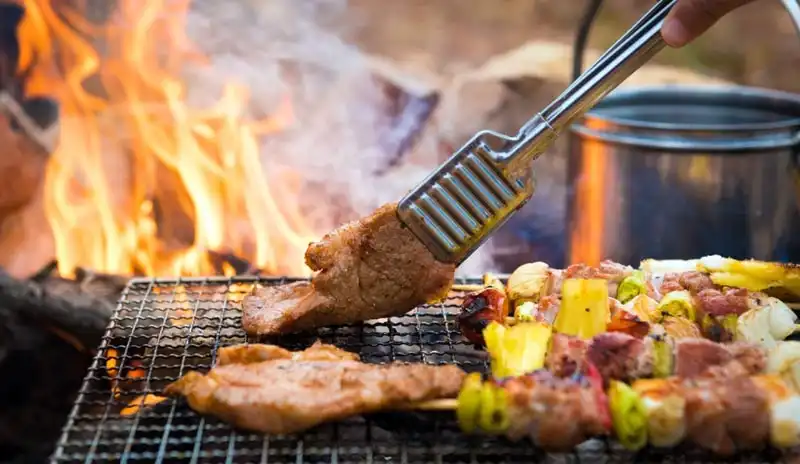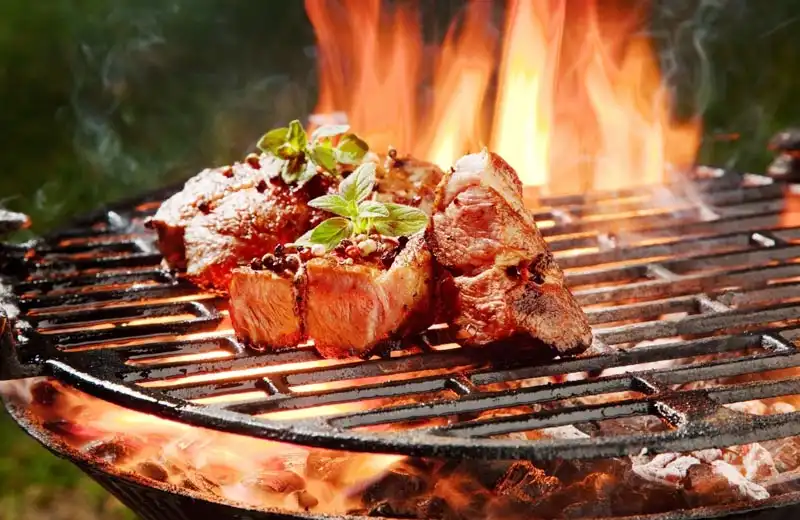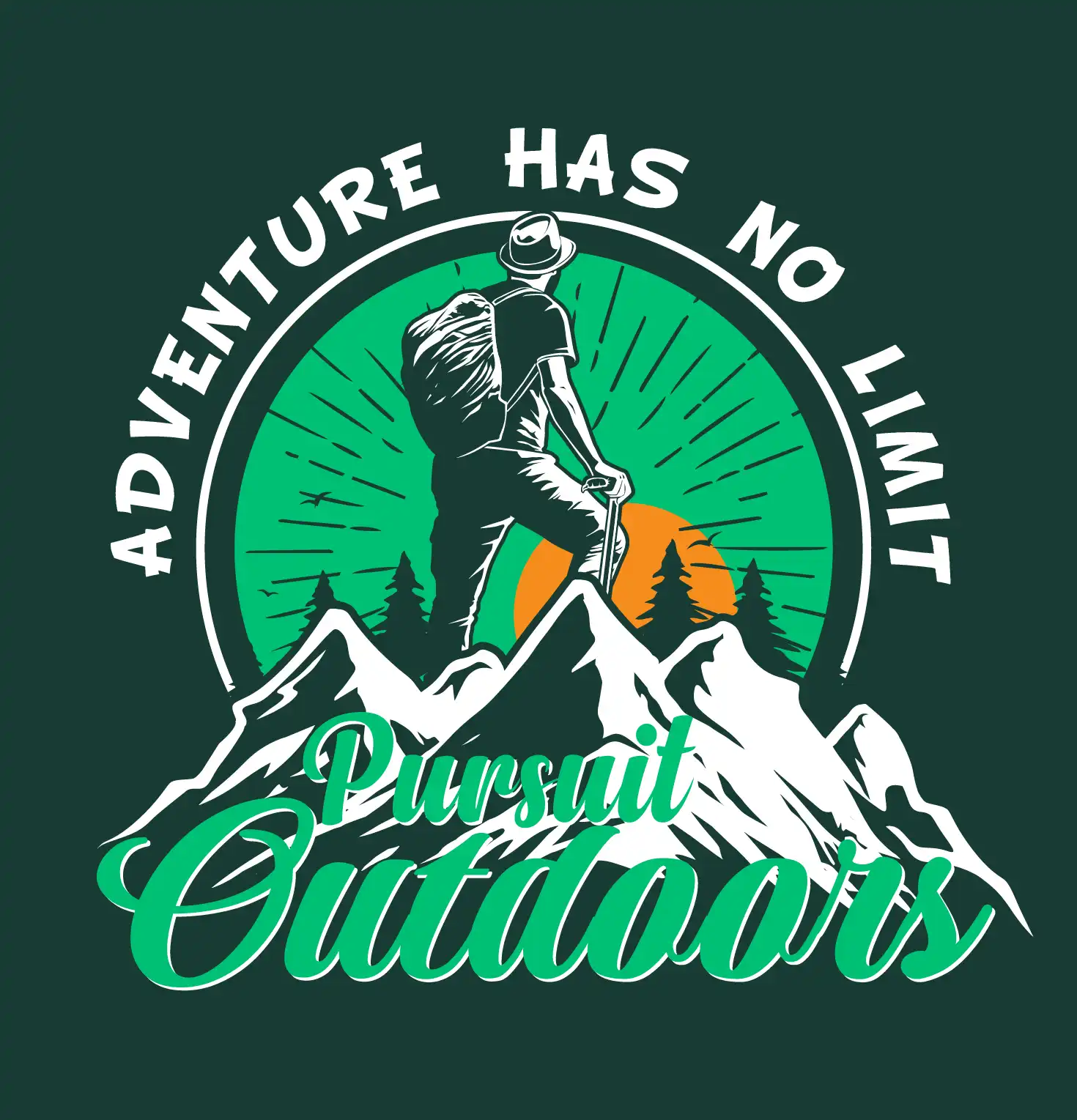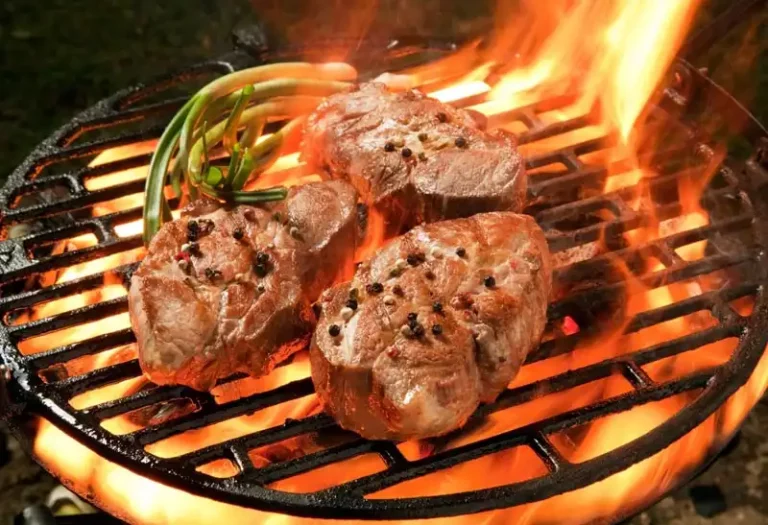Camping trips are a great way to escape the hustle and bustle of city life and enjoy the beauty of nature. But when it comes to cooking during camping trips, most people rely on instant meals, canned food or processed food, but with a little effort, you can elevate your camping cuisine and enjoy delicious, home-cooked meals that are made to perfection over an open flame.
Grilling, roasting, and other campfire cooking techniques can be mastered with the right tools and a bit of patience. In this article, we will provide an in-depth guide to campfire cooking, including tips and tricks for grilling, roasting, and more.
Grilling Over an Open Flame
Grilling over an open flame is a classic campfire cooking technique that produces delicious, juicy, and flavorful food. It allows for quick cooking of items like burgers, hot dogs, and steaks, making it a popular choice for camping trips. When grilling over an open flame, it’s important to have a durable and sturdy grill that can withstand the heat and maintain its shape.

Here are some tips for successful grilling over an open flame:
- Build a sturdy fire pit: Make sure the fire pit is made of rocks or other heat-resistant materials and is deep enough to contain the fire.
- Start with dry wood: Wet wood will produce smoke, which can affect the taste of your food.
- Use a grill grate: A grill grate will allow the heat to circulate evenly, cooking your food to perfection.
- Cook over the coals: Cook your food over the coals, not over the flames, for the best results.
- Keep a spray bottle handy: In case of flare-ups, you can quickly douse the flames with water from the spray bottle.

Roasting on a Stick
Roasting on a stick is a classic campfire cooking technique that is perfect for cooking hot dogs, marshmallows, and other treats. It’s a fun and interactive way to cook, allowing you to be creative and make your own custom skewers. When roasting on a stick, it’s important to use a durable and sturdy stick that can withstand the heat and maintain its shape.
Here are some tips for successful roasting on a stick:
- Find the right stick: Look for straight, dry, and sturdy sticks that are free of knots and have a smooth surface.
- Sharpen the end: Sharpen the end of the stick to make it easier to pierce your food.
- Cook over the coals: Cook your food over the coals, not over the flames, for the best results.
- Keep the stick at a safe distance: Keep the stick at a safe distance from the fire to avoid burning your food.
- Turn often: Turn your food often to ensure that it cooks evenly on all sides.
Dutch Oven Cooking
Dutch oven cooking is a versatile campfire cooking technique that can be used for a variety of dishes, from stews and casseroles to cakes and bread. Basically Dutch ovens are made of heavy-duty cast iron and are designed to withstand high temperatures, making them ideal for campfire cooking. When using a Dutch oven, it’s important to have a durable and sturdy tripod or other support system to hold the Dutch oven over the fire.
Here are some tips for successful Dutch oven cooking:
- Preheat the Dutch oven: Preheat the Dutch oven before adding your ingredients to ensure that your food cooks evenly.
- Use hot coals: Use hot coals to cook your food, ensuring that the Dutch oven is surrounded by coals on all sides.
- Cover the Dutch oven with coals: Cover the Dutch oven with coals on top to ensure that the heat is distributed evenly.
- Check the temperature: Check the temperature of the Dutch oven regularly to ensure that your food is cooking at the desired temperature.
- Use a thermometer: A thermometer can be used to monitor the temperature of your food and ensure that it is cooked to perfection.
Foil Packet Cooking
Foil packet cooking is a simple and convenient campfire cooking technique that is perfect for cooking vegetables, fish, and other ingredients that might otherwise fall through the grates of a grill. When using foil packets, it’s important to use heavy-duty foil that is heat-resistant and will not tear or leak.
Here are some tips for successful foil packet cooking:
- Use heavy-duty foil: Use heavy-duty foil to ensure that your food stays hot and does not leak.
- Add seasonings: Add seasonings to your ingredients before wrapping them in foil to add flavor to your food.
- Wrap tightly: Wrap the ingredients tightly in the foil to prevent steam from escaping.
- Place on the coals: Place the foil packets on the coals, not over the flames, for the best results.
- Check the temperature: Check the temperature of the foil packets regularly to ensure that your food is cooking at the desired temperature.
Learn more: Campfire Cooking vs. Backpacking Stoves
FAQs
What is the best kind of grill to use for campfire cooking?
A durable and sturdy grill that can withstand the heat and maintain its shape is the best kind of grill to use for campfire cooking.
What is the best type of stick to use for roasting on a stick?
A straight, dry, and sturdy stick that is free of knots and has a smooth surface is the best type of stick to use for roasting on a stick.
What type of oven is best for campfire cooking?
A Dutch oven made of heavy-duty cast iron is the best type of oven for campfire cooking.
What kind of foil should I use for foil packet cooking?
Heavy-duty foil that is heat-resistant and will not tear or leak is the best kind of foil to use for foil packet cooking.
How do I prevent my food from burning when cooking over an open flame?
Cooking over the coals, not over the flames, and keeping a spray bottle handy in case of flare-ups can help prevent your food from burning when cooking over an open flame.
What type of grill should I use for campfire cooking?
You can use either a grate or a hibachi-style grill for campfire cooking. A grate can be placed directly over the coals or flames, while a hibachi-style grill has a flat surface that is ideal for cooking delicate foods such as fish or vegetables.
Can I roast larger cuts of meat over an open flame?
Yes, roasting is a popular campfire cooking technique that is perfect for cooking larger cuts of meat, such as chicken, pork, or beef. You will need a spit or a roasting rack to roast over an open flame.
What is the difference between Dutch oven cooking and foil packet cooking?
Dutch oven cooking is a versatile campfire cooking technique that allows you to bake, stew, or fry over an open flame using a heavy-duty pot with a tight-fitting lid. Foil packet cooking, on the other hand, is a simple and convenient campfire cooking technique that involves wrapping your ingredients in heavy-duty aluminum foil and cooking directly in the coals or on the grates.
What is campfire convection cooking?
Campfire convection cooking is a less well-known campfire cooking technique that involves using the natural convection currents of the fire to cook your food. You will need a convection plate or a Dutch oven to cook with campfire convection.
Can I cook delicate foods such as fish over an open flame?
Yes, you can cook delicate foods such as fish over an open flame. A hibachi-style grill is ideal for cooking delicate foods as it has a flat surface that helps prevent burning. You can also cook with foil packets, which allow you to cook delicate foods directly in the coals or on the grates without the risk of burning.
Final words
In conclusion, campfire cooking is a great way to enjoy delicious, home-cooked meals during your camping trips. Whether you’re grilling, roasting, using a Dutch oven, or cooking with foil packets, there are many techniques that you can use to elevate your camping cuisine. With the right tools and a bit of patience, you can master campfire cooking and enjoy delicious, juicy, and flavorful food that is made to perfection over an open flame.

Anthony is a passionate outdoor enthusiast with a love for adventure and exploring the great outdoors. With years of experience hiking, camping, and rafting, he has a wealth of knowledge to share with others. Anthony’s writing captures the essence of his experiences, offering readers insights into some of the most beautiful and breathtaking landscapes in the world. Follow his journey and join the conversation as he continues to share his passion for the great outdoors.

